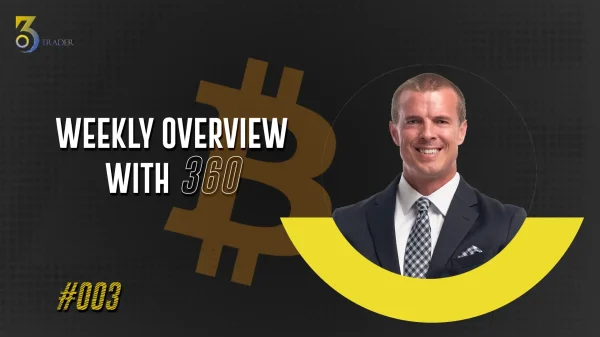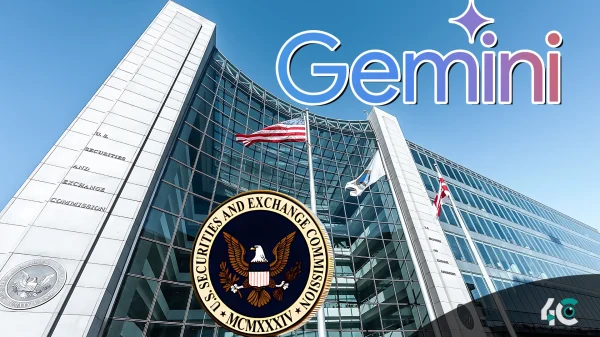Bitcoin network hashrate surge reflects growing strength and stability in the blockchain. As miners increase their computing power, the network hits a new all-time high, signaling robust security and confidence in Bitcoin’s long-term value.
Bitcoin has done something historic by having its network’s computing power pass 1 Zetahash per second (ZH/s) for the first time. This great achievement shows how much computing power is present in blockchain, which is now one of the most powerful networks in the world.
Data platforms that track blockchain noted that Bitcoin’s hashrate went above the 1.025 ZH/s metric on April 5. Certain trackers suggested that it may have crossed this threshold by late March. Others claimed there was a crossing a day earlier. Some of these variances occur because different organizations use varying methods to calculate hash rate. The different methodologies used include block timing, node data, and mining pool activity.
Even though the hashrate later fell underneath 1 ZH/s, this milestone shows a massive leap in the network’s capabilities. To put this in context, Bitcoin’s hashrate has increased by over 1,000 times since January 2016, when it first reached 1 exahash per second (EH/s).
The increase in the hashrate means that the network is more decentralized and secure than ever. It reduces the chance of a 51% attack substantially, which has increased exponentially over the years. Litecoin, the second-biggest proof-of-work network, only runs at 2.49 petahashes per second, which is many tens of thousands of times below Bitcoin.
Bitcoin’s strength surpasses the record-breaking growth of hashrate with the expanding power of Bitcoin mining companies. Because of the new energy-efficient hardware, leading companies are expanding their services. Older, less efficient machines wielded by smaller miners may struggle to keep up unless the price of Bitcoin rises once again.
MARA Holdings currently has the most effective hash rate, over 50 EH/s. Other players include Foundry USA Pool, AntPool, Riot Platforms, CleanSpark, and TeraWulf. At least 24 public companies are involved in Bitcoin mining operations.
Interestingly, despite the turmoil in the funding and cryptocurrency markets, we managed to reach this milestone. In just four days, Bitcoin fell 10% in price while U.S. stock markets suffered record losses on fears of a global recession due to new trade tariffs. These events shook investors, making many sell risky assets.
The Bitcoin network’s resilience and strength continue to grow despite all the market fluctuations. As mining firms compete with and invest in more resources, the blockchain is becoming stronger, making it resilient to economic uncertainty and growing global adoption.











































